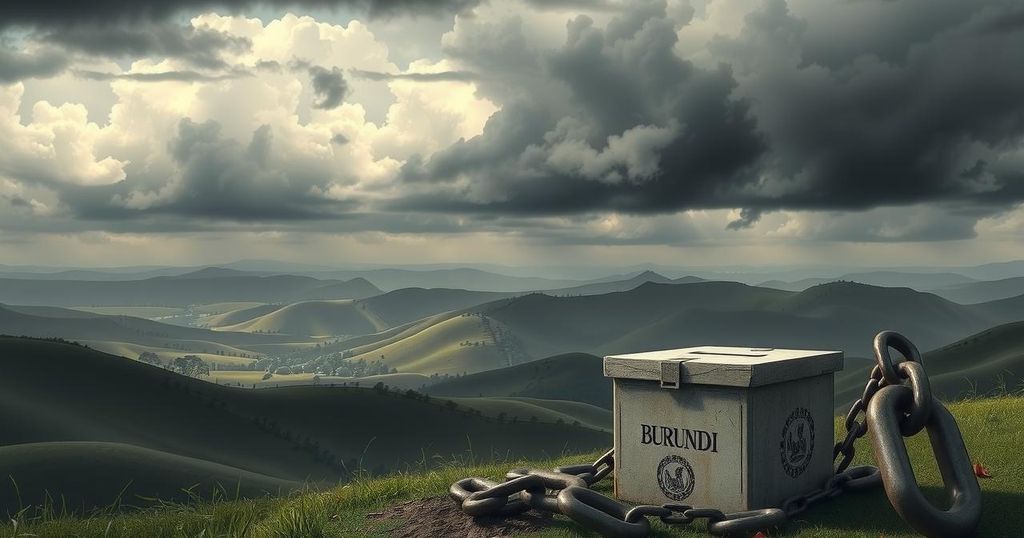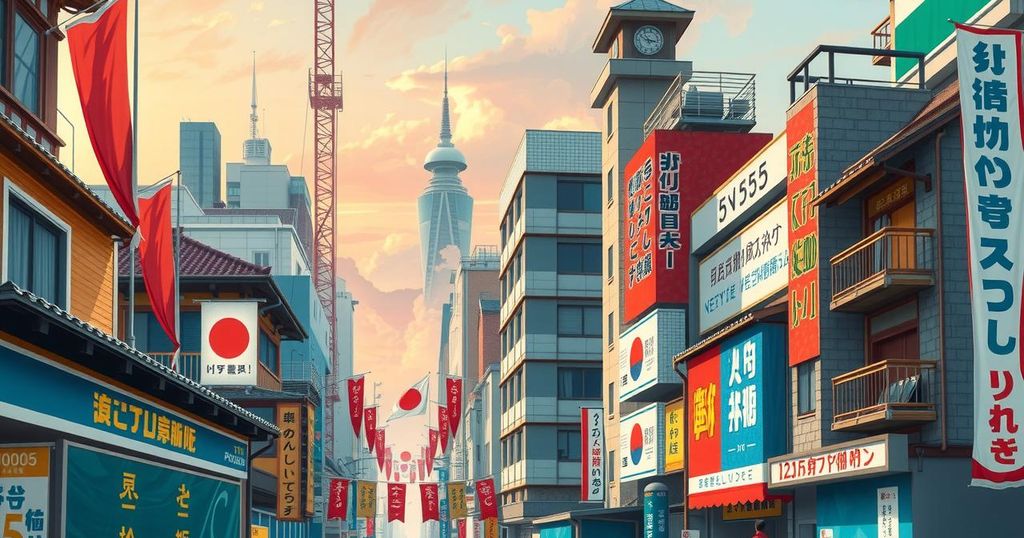Politics
BOLUARTE, CORRUPTION, DEMOCRACY, DEPARTMENT OF GOVERNMENT EFFICIENCY, DOGE, DONALD TRUMP, ECUADOR, EL, JOSÉ SALARDI, LA LIBERTAD, NATIONAL SECURITY, NORTH AMERICA, PATAZ, PERU, SALARDI, SOUTH AMERICA, TRADE RELATIONS, UNITED STATES, US, WASHINGTON, WORLD ECONOMIC FORUM
Leila Ramsay
0 Comments
Peru’s President Boluarte Aligns with Austerity Amidst Crisis and Unrest
Peru’s President Dina Boluarte is responding to severe unpopularity and social unrest with aggressive austerity and repressive policies. Proposed economic measures threaten living standards while the government faces numerous scandals and declining public support. Amidst worsening conditions for workers and recent environmental disasters, calls for independent mobilization among the working class emphasize the need for new revolutionary leadership.
In light of escalating social and economic turmoil, as well as environmental and infrastructure challenges, President Dina Boluarte’s administration in Peru is adopting increasingly conservative measures. Economy Minister José Salardi recently proposed a “deregulatory shock” aimed at enhancing business confidence. This initiative entails revising labor laws favoring private investments and implementing austerity measures that threaten the living standards of the general populace.
The government appears to be following examples set by controversial figures internationally, such as Elon Musk in the United States and Javier Milei in Argentina, suggesting a strategic alignment with oppressive tactics against the working class. Salardi’s proposals necessitate a consolidation of power that may further entrench dictatorial governance to impose these policies.
To combat social unrest, the Boluarte regime has declared a state of emergency in three provinces of La Libertad, allowing military and police collaboration to maintain “public order.” This extension of emergency powers reflects an increasing trend of authoritarianism in response to rising crime and civil discontent.
President Boluarte’s attendance at the World Economic Forum in Davos marked a pivotal moment, wherein she assured large mining companies of unrestricted resource exploitation, signaling a submission to the new U.S. administration led by Donald Trump. Her administration has cultivated an unflattering reputation, facing widespread unpopularity and seemingly perpetual corruption scandals.
Despite governmental claims of economic recovery, several analyses suggest that projections of growth are based on flawed assessments. Real wages remain stagnant, with over three million individuals still living in poverty since the pandemic’s onset. Private investment has only seen a marginal increase, with reduced state expenses compared to 2022.
The plight of Peruvian workers has worsened due to a series of catastrophic events attributed to neglected infrastructure. Recent reports detail over 1,600 destroyed homes and significant casualties linked to severe weather patterns. Furthermore, an oil spill in the Amazon affected indigenous populations, spotlighting the inefficacy of regulatory bodies.
Recent tragedies, including the collapse of a shopping center roof, underscore systemic failures in construction oversight and safety regulations. The Peruvian state has exhibited chronic negligence in urban planning, resulting in large proportions of informal urban expansion over the past two decades.
Public discontent is palpable, yet social opposition remains fragmented and is often mediated by pro-business unions that do not adequately represent workers. The disconnect between the leadership of protests and the needs of workers manifests in diminished participation on significant strike days. The roots of organized crime and violence are intertwined with pervasive social inequality, further complicating the governmental response.
The main labor union in Peru has called for mobilization against mass layoffs, yet these efforts have been localized, reflecting the ongoing struggle to connect with broader working-class discontent. The increasing frequency of protests and strikes highlights mounting tensions, necessitating government investment in security forces rather than addressing systemic issues.
In light of the looming elections amid mounting social unrest, various candidates are emerging with little differentiating political substance. Traditional political factions are disintegrating, while nominal leftist organizations remain passive regarding the erosion of democratic norms facilitated by the right-wing Congress.
It is paramount for the Peruvian working class to develop independent organizational structures and strive for revolutionary leadership that aligns with socialist principles. Past experiences illustrate that neither the ruling elite nor populist figures can remedy the economic hardships faced by workers and rural populations.
Going forward, the demand is clear: the working class must build a cohesive revolutionary movement rooted in an internationalist framework that can effectively oppose the political machinations of national bourgeoisie and their symbiotic relationship with foreign powers. Boluarte’s regime reflects not only the failures of Peru’s governance but also the broader challenges faced by labor movements regionally and globally.
The article highlights the concerning trajectory of President Dina Boluarte’s administration, which is marked by declining popularity, economic challenges, and increasing authoritarian measures. The proposed economic reforms are aimed at consolidating power while further compromising the well-being of the working class. As systemic failures continue to provoke public outrage, the necessity for an authentic revolutionary movement becomes evident. With the existing political parties failing to address economic disparities and social injustices, workers must mobilize independently towards a socialist agenda to challenge the adverse conditions imposed by both national and foreign powers.
Original Source: www.wsws.org




Post Comment